Four elements of lighting:
Power- Dimmers and distribution have different channels for controlling sources. Use technical power (Clean power source)
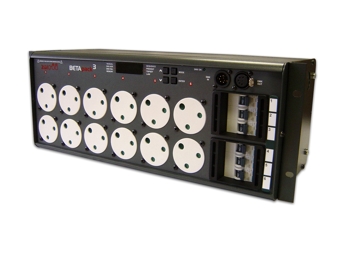 |
| (n.d.) G |
Source- Lighting used e.g.
- Profile Spot
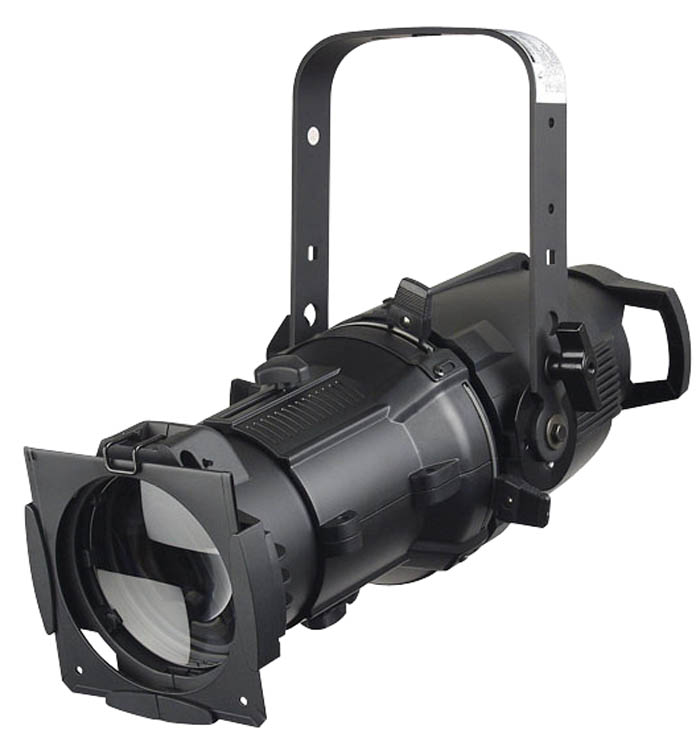 |
| (n.d.) A |
- Beam light
 |
| (n.d.) E |
- Wash light
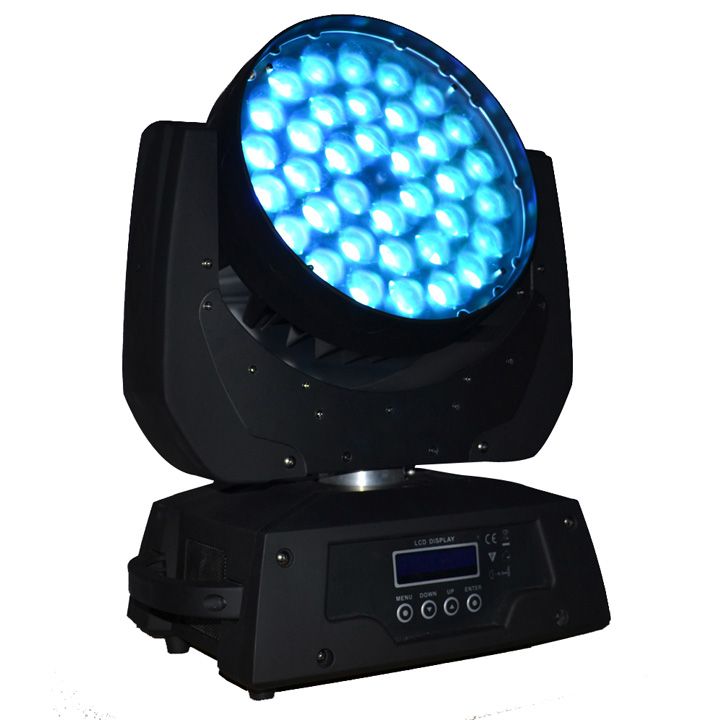 |
| (n.d.) F |
Support-
- Trusses
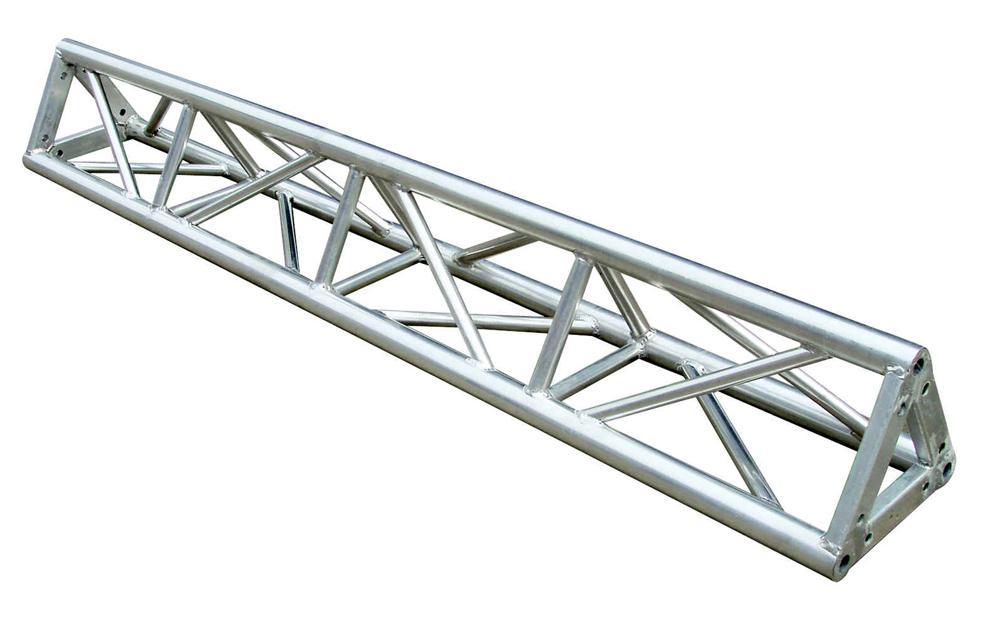 |
| (n.d.) B |
- Grids
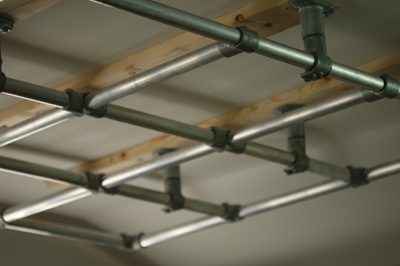 |
| (n.d.) C |
Control- "Control refers to the methods we use to shape and colour the light emitted from our light sources." (Lighting for television n.d.)
 |
| (n.d.) D |
- Take lantern and hang it on your desired choice of support e.g. Grid.
- Tighten screw and attach safety cable to bar.
- Plug dimmer into technical power.
- Plug light into dimmer.
- Connect dimmer to control desk with output cable. You can then control shape, size and colour of lights.
Bibliography/References:
Lighting for television. n.d. [online]. Available at: http://zimmer.fresnostate.edu/~candace/Basic6.htm [accessed 19 October 2016].
BEHRENS, Russ. 2013. “Design philosophy.” [online]. Available at: http://stagelightingtextbook.com/design-philosophy-2/ [accessed 19 October 2016].
n.d. [online]. Available at: http://www.terralec.co.uk/Portals/54/product/images/prdf292c8ae-02f8-48a7-821c-e0eed7d4d076.jpg [accessed 19 October 2016a].
n.d. [online]. Available at: http://img.diytrade.com/cdimg/783094/6703718/0/1219373643/Truss_Exhibition_Truss_Aluminium_Truss_Lighting_Truss.jpg [accessed 19 October 2016b].
n.d. [online]. Available at: http://www.ziogiorgio.com/images/2009/abeam%201500.jpg [accessed 19 October 2016e].
n.d. [online]. Available at: http://www.dhresource.com/0x0s/f2-albu-g2-M00-AC-60-rBVaG1Uk9GuAYTl4AAH34QvWH8k706.jpg/36pcs-10w-zoom-led-moving-head-wash-light.jpg [accessed 19 October 2016f].
n.d. [online]. Available at: http://www.fluxitylighting.com/wp-content/uploads/2010/06/Beta3.jpg [accessed 19 October 2016g].
n.d. [online]. Available at: http://toronto.freeadsincanada.com/content/root/users/2011/20111101/u189007/images/201111/f20111101150855-0136-lighting-grid.jpg [accessed 19 October 2016c].






